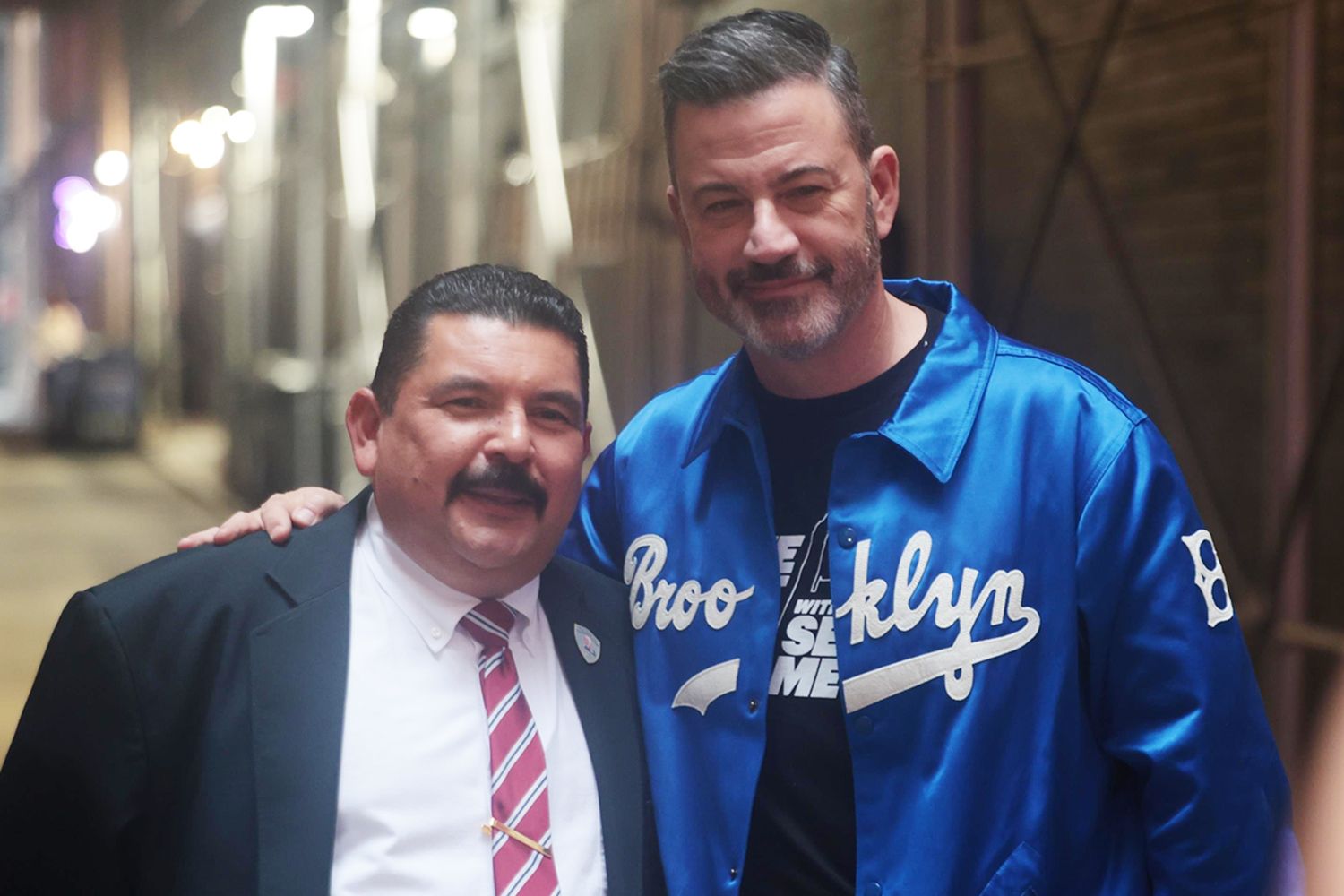When Jimmy Kimmel stepped onto the stage at the Brooklyn Academy of Music on Monday, September 29th, it wasn’t just another episode of Jimmy Kimmel Live! It was a homecoming twenty years in the making—one that signals a fascinating shift in how late-night television is evolving to reconnect with its audiences in an increasingly fragmented media landscape.
The Significance of Returning Home
For Kimmel, who has spent the better part of two decades broadcasting from Hollywood’s El Capitan Entertainment Centre, this Brooklyn residency represents more than a simple change of venue. It’s a deliberate return to his authentic self, away from the polished veneer of Tinseltown to the grittier, more genuine atmosphere of his childhood neighborhood.
The choice of Brooklyn isn’t arbitrary. As gentrification has transformed the borough into a cultural epicenter, it has simultaneously maintained its reputation for authenticity—a quality that resonates strongly in today’s media environment where audiences increasingly crave genuine connections with their entertainment figures. Kimmel’s decision to tape a full week of shows from his hometown speaks to a broader trend in entertainment: the desire to break down the barriers between performer and audience.
Opening Night: A Star-Studded Affair with Deep Meaning
The inaugural Brooklyn show featured a carefully curated guest lineup that reflected both Kimmel’s comedic sensibilities and his commitment to showcasing diverse voices. Ryan Reynolds, fresh off his continued success with the Deadpool franchise, brought his characteristic wit and charm to the Brooklyn stage. His presence underscored the show’s ability to attract A-list talent regardless of location, proving that compelling content matters more than zip code.
Josh Johnson, the rising comedy star and former The Daily Show writer, represented the next generation of comedic voices that Kimmel has consistently championed throughout his career. Johnson’s inclusion highlights Kimmel’s ongoing commitment to elevating emerging talent, particularly voices that bring fresh perspectives to the comedy landscape.
Perhaps most significantly, Public Enemy graced the Brooklyn stage, bringing the legendary hip-hop group back to their New York roots. This booking was more than entertainment—it was a cultural statement. Public Enemy’s presence connected the show to Brooklyn’s rich musical heritage and its history as a breeding ground for revolutionary artistic expression.
The Strategic Implications of Going East
Late-night television has long been dominated by New York-based shows, from The Tonight Show to Late Night with Seth Meyers and The Daily Show. Kimmel’s West Coast perspective has always been part of his brand differentiation, but this temporary geographical shift suggests a more nuanced strategy.
Competing in a Crowded Landscape
The late-night landscape has become increasingly competitive, with streaming platforms and social media fragmenting traditional television audiences. By taking his show on the road—literally—Kimmel is employing a time-tested strategy of creating event television that generates buzz and draws viewers who might otherwise skip late-night programming.
This Brooklyn residency also positions Kimmel to tap into the cultural zeitgeist in a way that’s different from his usual Hollywood perch. New York’s media ecosystem offers different guests, different energy, and different cultural touchstones that can reinvigorate a show that’s been on the air since 2003.
The Cultural Renaissance of Brooklyn
Understanding Kimmel’s Brooklyn shows requires context about the borough’s cultural transformation over the past two decades. Once dismissed as Manhattan’s scrappy sibling, Brooklyn has emerged as a legitimate cultural capital in its own right, home to innovative artists, tech entrepreneurs, and creative professionals who have priced out of Manhattan.
This cultural shift has made Brooklyn an attractive location for major productions and events. From the Barclays Center hosting major awards shows to the proliferation of boutique venues and artisanal everything, Brooklyn represents authenticity in an age of manufactured experiences.
The Venue: Brooklyn Academy of Music
The choice of the Brooklyn Academy of Music (BAM) as the venue adds another layer of significance to these shows. BAM has been a cultural institution since 1861, representing the intersection of high culture and community engagement that defines modern Brooklyn. By broadcasting from this historic venue, Kimmel connects his show to a legacy of artistic excellence while remaining rooted in the community.
Implications for Late-Night Television’s Future
Kimmel’s Brooklyn experiment could signal a broader evolution in how late-night television operates. As traditional television viewership continues to decline, shows must find new ways to remain relevant and engaging.
The Authenticity Factor
Modern audiences, particularly younger demographics, have shown a clear preference for authentic experiences over polished productions. By returning to his roots, Kimmel taps into this desire for genuine connection. The Brooklyn shows allow him to shed some of the Hollywood artifice and connect with his audience on a more personal level.
Event Television in the Streaming Era
These special location shows create appointment television in an era when most content is consumed on-demand. They generate social media buzz, create FOMO (fear of missing out), and remind audiences why live television still matters.
The Broader Impact on Content Creation
This Brooklyn residency also reflects how content creators are increasingly willing to experiment with format and location to maintain audience engagement. Similar to how musicians have embraced intimate venue performances and artists have moved beyond traditional gallery spaces, television hosts are recognizing that location can be as important as content in creating memorable experiences.
Key Takeaways
- Authenticity over polish: Kimmel’s return to Brooklyn represents the entertainment industry’s shift toward genuine, authentic experiences
- Strategic guest curation: The opening night lineup balanced A-list appeal (Reynolds), emerging talent (Johnson), and cultural significance (Public Enemy)
- Geographic storytelling: Location-based programming creates unique content opportunities and deeper audience connections
- Event television strategy: Special location shows generate buzz and create appointment viewing in the streaming era
- Cultural capital recognition: Brooklyn’s emergence as a legitimate cultural center makes it an attractive base for major productions
- Community connection: Broadcasting from his hometown allows Kimmel to reconnect with his roots and present a more personal side to audiences
As the week of Brooklyn shows continues, they serve as a fascinating case study in how traditional television can adapt and evolve while maintaining its core appeal. Whether this represents a temporary experiment or signals a longer-term shift in how late-night television approaches content creation remains to be seen, but one thing is clear: Jimmy Kimmel’s homecoming is about much more than just changing zip codes.
This article is based on reporting from the original source

Born and raised amidst the hustle and bustle of the Big Apple, I’ve witnessed the city’s many exciting phases. When I’m not exploring the city or penning down my thoughts, you can find me sipping on a cup of coffee at my favorite local café, playing chess or planning my next trip. For the last twelve years, I’ve been living in South Williamsburg with my partner Berenike.

